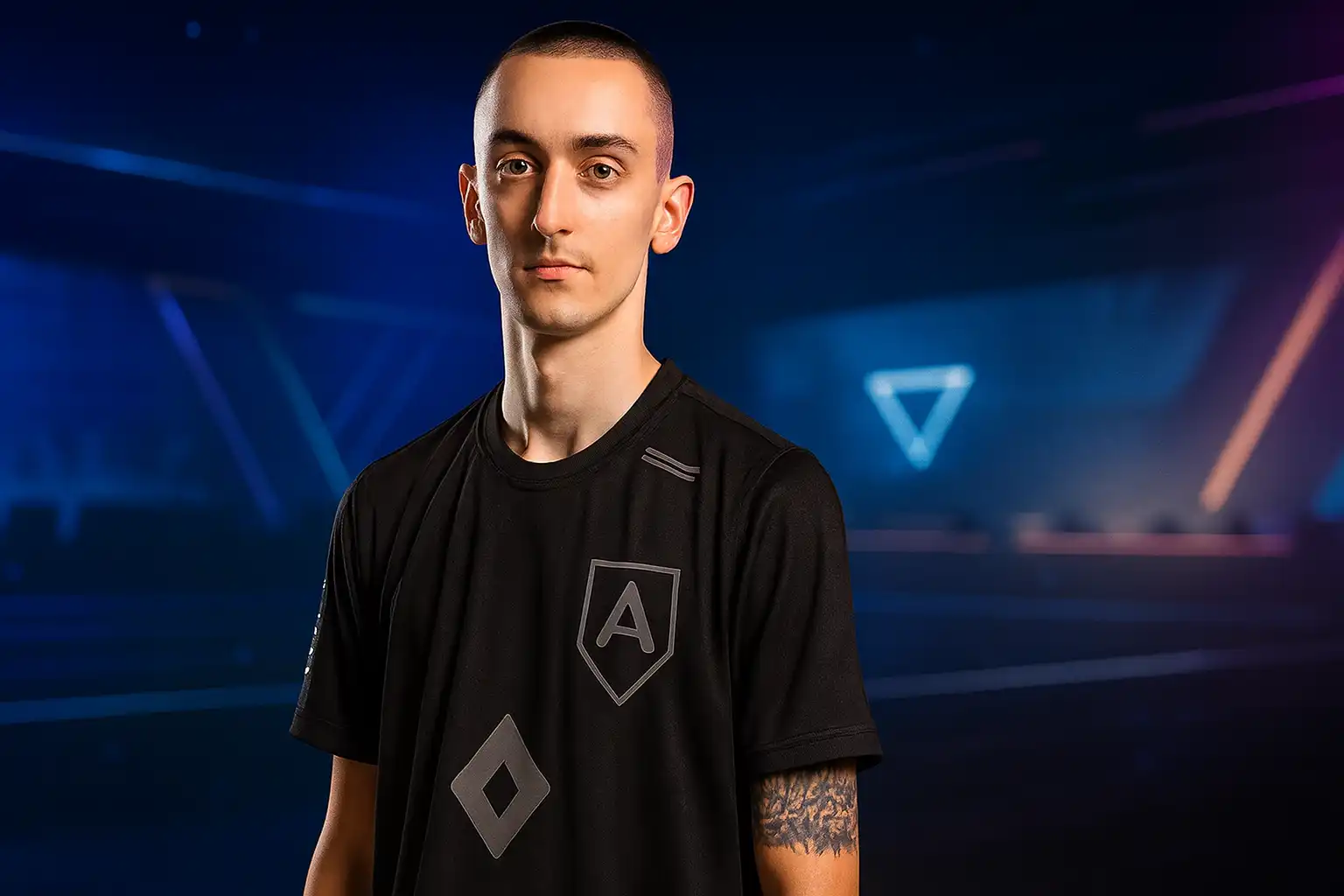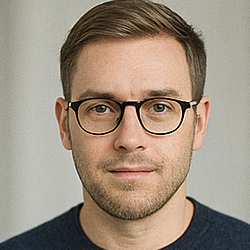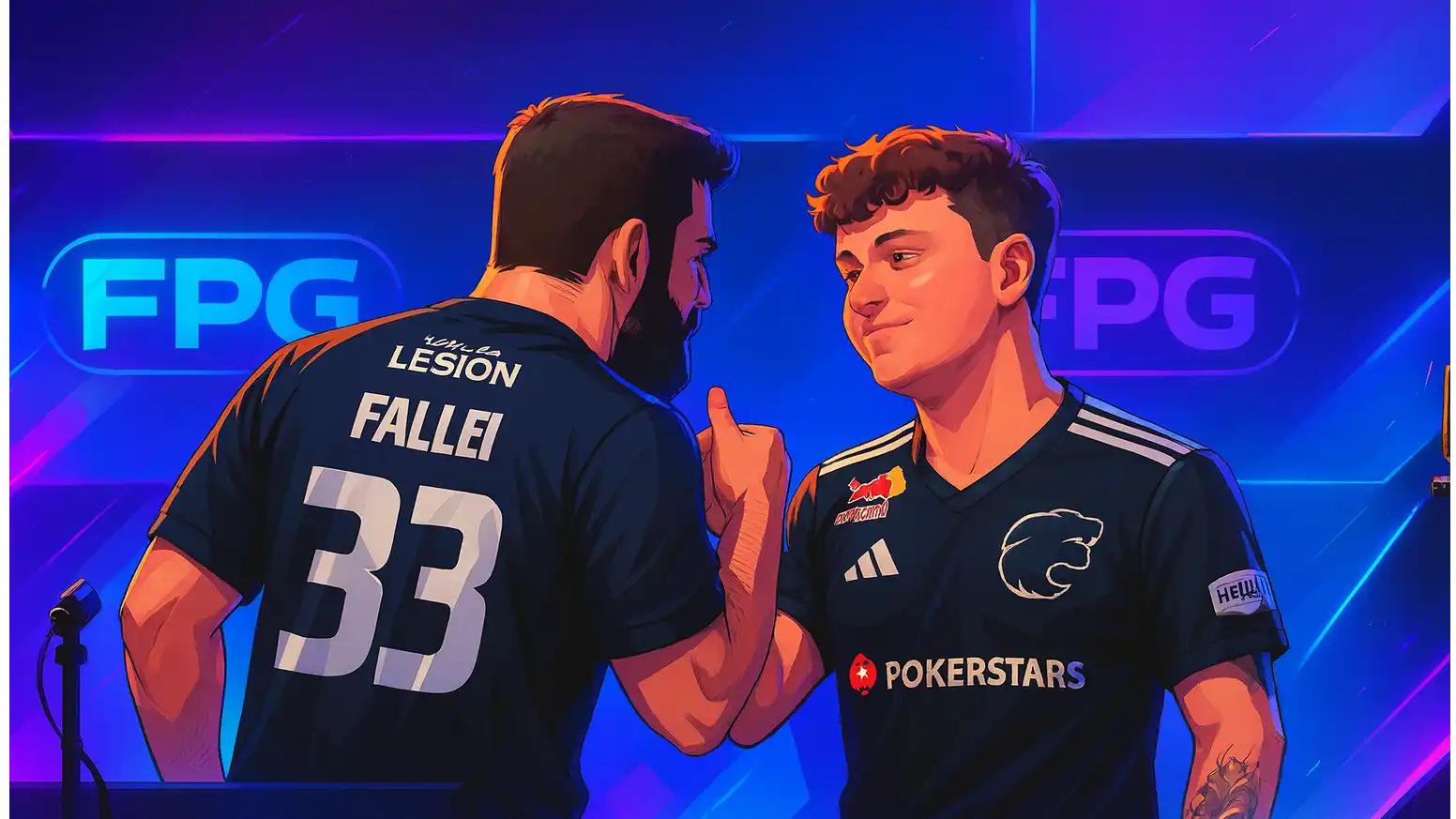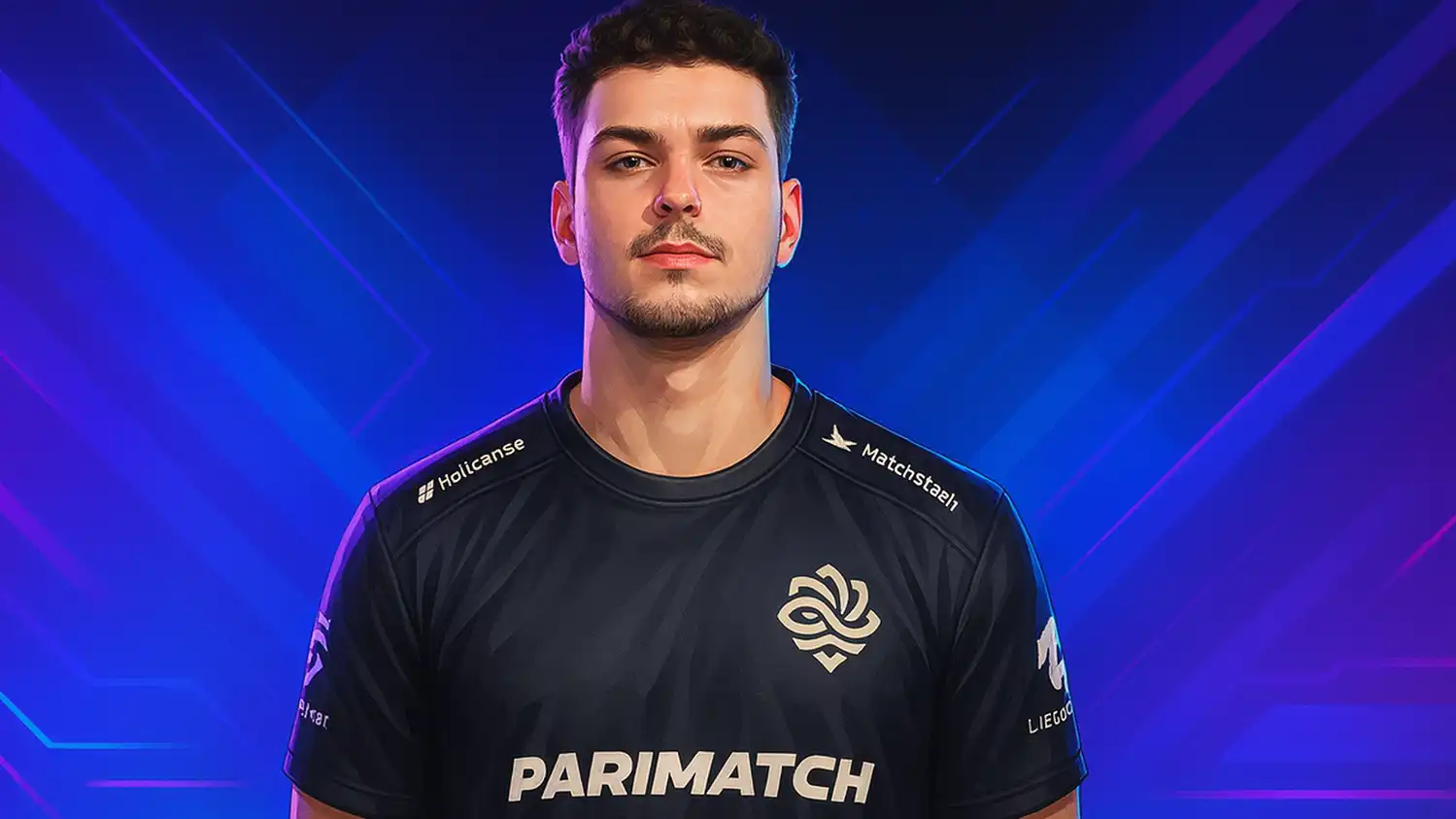nqz: paiN confronted being “too obvious” — and are reshaping their CS2 to be less predictable

nqz: paiN confronted being “too obvious” — and are reshaping their CS2 to be less predictable
Lucas “nqz” Soares says paiN have had a frank internal conversation about their approach to CS2, admitting the team had slipped into patterns that were “too obvious, predictable, and default.” The Brazilian AWPer’s comments came in a fresh interview published during FISSURE Playground 2, where he outlined how the squad is trying to break habits and vary the way they build rounds.
The self-assessment arrives in the middle of a turbulent season for paiN. The team rebuilt around in-game leader Rodrigo “biguzera” Bittencourt after the spring, moving on from Kaue “kauez” Kaschuk and bringing in Franco “dgt” Garcia. Results were rocky at first — in part because the mid-season timing left little room for structured practice — but the mood and level have improved after a focused block at home and a clearer plan for roles, biguzera explained earlier in the summer.
From “defaulting” to deliberate variety
According to nqz, the problem wasn’t a lack of firepower or map knowledge. It was how paiN were using their tools: leaning on the same openers, telegraphing pacing, and allowing opponents to get a read on their mid-round tendencies. The fix they’re pursuing is two-fold:
-
Change the looks opponents see early — mixing faster pressure rounds with slow, info-denial rounds, and swapping where the AWP is posted to avoid being mapped in the first five rounds.
-
Reframe the mid-round — pre-planning two or three “Plan B” layers for common reactions, so they don’t stall when utility trades go even or when a lurk gets isolated.
The thrust of nqz’s message is less about reinventing paiN from scratch and more about re-introducing uncertainty so that their defaults become a starting point, not an identity. It’s also consistent with the broader throughline biguzera has voiced this season: structure first, then freedom — but only within clear boundaries that keep five players thinking the same way.
What changed around the roster
The addition of dgt was the headline switch, and biguzera has already said that doing it earlier would have helped because of the practice crunch that followed. That adjustment period coincided with a stretch of rough results and even stand-in usage — a spiral the in-game leader later described as “impossible to live,” before the team reset in Brazil and came back sharper. That context matters for nqz’s interview: when a lineup is surviving from series to series, it’s common to default to comfort calls; once practice returns, teams can re-wire habits.
In the run-up to FISSURE Playground 2, paiN showed both sides of that coin. On opening day they were outpaced 0-2 by a FaZe side headlined by a blistering performance from David “frozen” Čerňanský — a match that exposed some of paiN’s spacing and trading issues at tier-one tempo. But as Swiss play progressed, the Brazilians stabilized: cleaner set-piece rounds, fewer isolated fights, and better resource management around nqz’s AWP. Those tweaks are exactly the kind of “we can’t be this readable” course correction nqz referenced.
The AWP’s role in being less readable
For nqz personally, unpredictability often starts with timing windows — not only where he takes first contact, but when he gives up control to re-peek later in the round. In practical terms, that means:
-
Rotating the AWP’s launchpad: opening on a common angle in one round and withholding it for a late round in the next, so the CTs can’t pattern him;
-
Letting rifles start some rounds: enabling dgt/dav1deuS to find the first duel while nqz holds a punish angle for a mid-round swing;
-
Cutting info instead of forcing picks: saving the AWP to punish rotations after utility draws out a response, instead of fishing early and giving away the plan.
These are the kind of micro-changes that convert a “default” into a framework — and they’re the changes that allow a team to look new without changing the five names on the server. The philosophy mirrors biguzera’s recent insistence that the group must “think the same way all the time,” so that individual initiative doesn’t fracture into five different ideas in a 3v3.
Why the message lands now
FISSURE Playground 2 has been a useful barometer for tier-one and tier-one-adjacent squads making late-season tweaks. FaZe, for example, arrived with sharp mid-round synergy and punished hesitation ruthlessly — a standard paiN want to meet as they angle toward Major-qualification territory in the coming months. The gap displayed in FaZe–paiN’s opener set the challenge; the steadier rounds from paiN later in the event suggest the response is underway.
The team’s outlook also benefits from role clarity after the dgt move settled. Biguzera has publicly owned the risk of changing personnel mid-season; now, with time invested and a training block in Brazil behind them, paiN’s ceiling looks less theoretical. nqz’s note about predictability isn’t a criticism of teammates — it’s a sign that, collectively, they see the next layer they have to add to win late-rounds against elite spacing and utility discipline.
The bottom line
-
Admission: nqz says paiN played “too obvious, predictable, and default,” and addressed it internally.
-
Plan: diversify early round looks, pre-wire mid-round branches, and vary the AWP’s presence to deny pattern reads.
-
Context: a mid-season roster change to add dgt strained practice time; the team later reset in Brazil and regained structure, per biguzera.
-
Benchmark: a sharp loss to FaZe at FPG2 underscored the standard; improved Swiss-stage play shows the direction of travel.
If paiN can keep marrying biguzera’s system with a less-readable AWP game and dgt’s mid-round reliability, nqz’s candor might be the turning point quote we look back on when this lineup breaks through. For now, the message is clear: defaults are a tool, not a tell — and paiN intend to keep it that way.



